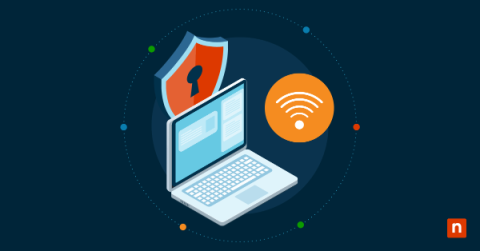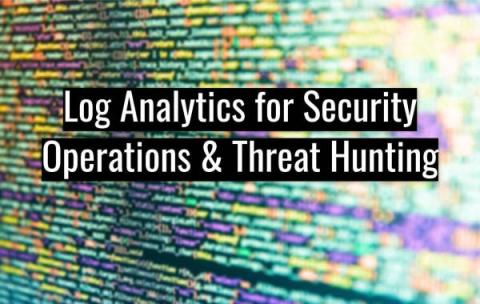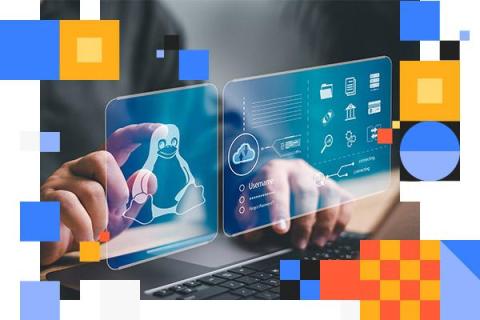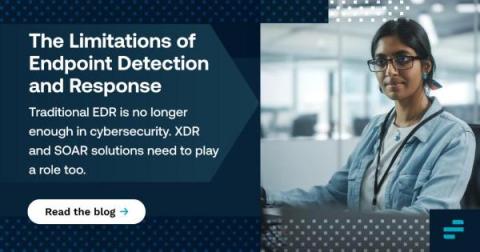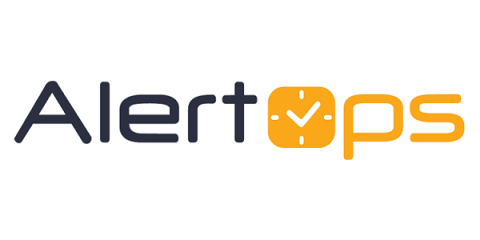Operations | Monitoring | ITSM | DevOps | Cloud
SecOps
SIEM Logging for Enterprise Security Operations and Threat Hunting
Today's enterprise networks are diverse and complex. Rather than the simple network perimeter of old, bad actors can attack through multiple entry points, including cloud-based applications. Not to mention, these networks generate massive amounts of transactional data. Because enterprise networks have become larger, they're more difficult to secure and manage. As a result, IT operations teams and security analysts seek better ways to deal with the massive influx of information to improve security and observability.
Building Strong Linux Security and Compliance: CIS Benchmarks and More
Sarbanes-Oxley (SOX) Compliance: How SecOps Can Stay Ready + Pass Your Next SOX Audit
Why you need to protect your confidential virtual machine from itself
Best Practices for SOC Tooling Acquisition
Your Security Operations Center (SOC) faces complex challenges for keeping corporate data safe and in the right hands everyday. The right tooling is critical for success. Deciding when—and how—to make investments in SOC tooling is complex and challenging across organizations. There’s a ton of vendor spin out there and it’s important to understand what’s real and what isn’t.
The Limitations of Endpoint Detection and Response (EDR)
Every IT environment – whether it’s on-prem or in the cloud, and regardless of how it’s designed or what runs in it – is made up of endpoints. That’s why Endpoint Detection and Response, or EDR, has typically been one of the pillars of cybersecurity. EDR helps businesses monitor each of their endpoints for security risks so that they can detect problems before they escalate to other endpoints.
What you need to know & do to be a world-class cyber incident responder
World-class incident responders are a strategic asset in today’s world where the frequency and sophistication of cyber security attacks continue to increase every year, as do the associated financial damages: As such, more and more organizations are looking to grow their cyber incident response expertise, both with inhouse staff as well as by engaging with third-party experts.
Securing software supply chain without panicking ft. Chainguard co-founder Kim Lewandowski
SecOps tools - SecOps & incident management for 2022.
Importance of secOps tools – The threats in the cyber world are becoming more and more complicated and sophisticated with each passing day, while the rapid expansion of digital operations, with more nodes, networks, and servers has resulted in more vulnerabilities. This situation demands efficient SecOps teams as well as practices so that threats are thwarted, and networks and data are always protected. What is SecOps & Best SecOps tools?


